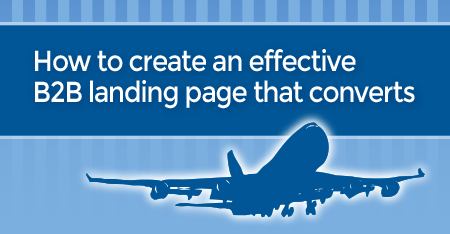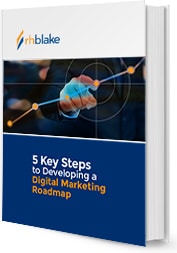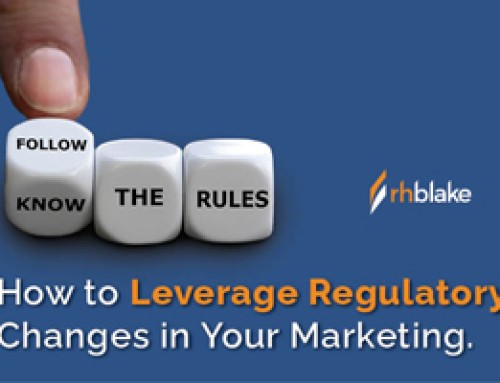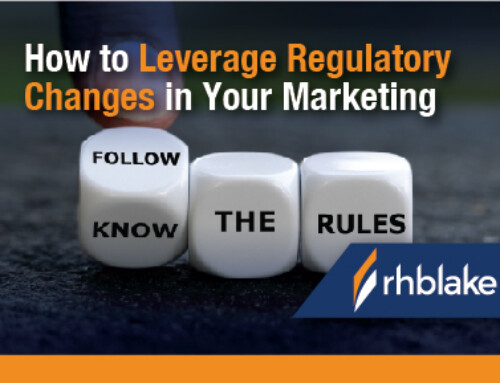How to create an effective industrial marketing landing page that converts
Written by Dan Konstantinovsky
Strategic Marketing, RH Blake
![]()
For many industrial and manufacturing firms, a qualified prospect visiting a relevant page is a highly-valued opportunity – especially when you consider the lifetime value of your customers and strategic implications to other aspects of your portfolio. Whether you sell industrial components or consulting services, putting your best foot forward in converting visitors into leads can be a significant opportunity to grow faster than your competitors.
 A major challenge with creating a landing page that converts for B2B manufacturing and industrial firms is that your typical customer isn’t a single person. Frequently, industrial sales are resource-intensive, complex and collaborative. This is why your customers typically are a team of influencers and decision makers from different departments, each with distinct professional and personal objectives – yet all looking to make the best informed decision and feel confident about it.
A major challenge with creating a landing page that converts for B2B manufacturing and industrial firms is that your typical customer isn’t a single person. Frequently, industrial sales are resource-intensive, complex and collaborative. This is why your customers typically are a team of influencers and decision makers from different departments, each with distinct professional and personal objectives – yet all looking to make the best informed decision and feel confident about it.
But that is where many industrial marketers fall flat. They create a basic landing page with all the right components (clear call to action, headline that clearly communicates the product benefit, intuitive layout, proof of trust with testimonials, etc.) but they haven’t used a strategic B2B approach. To help, here are three key steps to help improve your industrial marketing landing pages:
Identifying the key target personas and your value proposition directed to each of them in each phase of the buying cycle will produce a roadmap for you to follow for landing page and supporting content development.
P.S. Don’t make a telephone number a required field in your lead capture form as only 33% of buyers are open to providing it.
Free Download: 5 Key Steps to Developing a Digital Marketing Roadmap
A Must Have Digital Marketing Guide for Manufacturers









